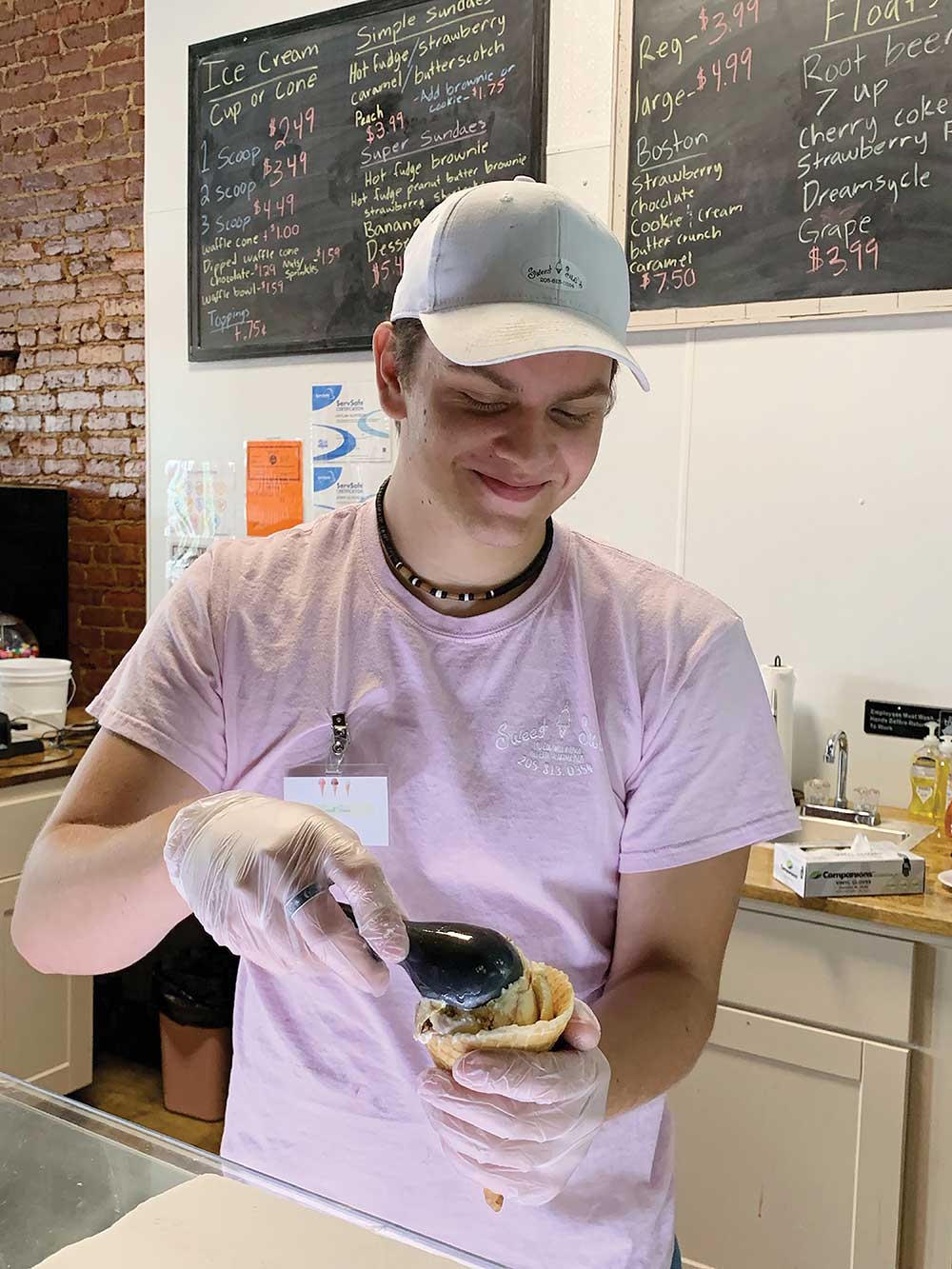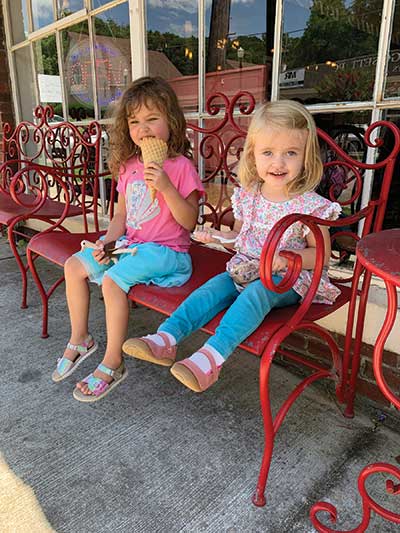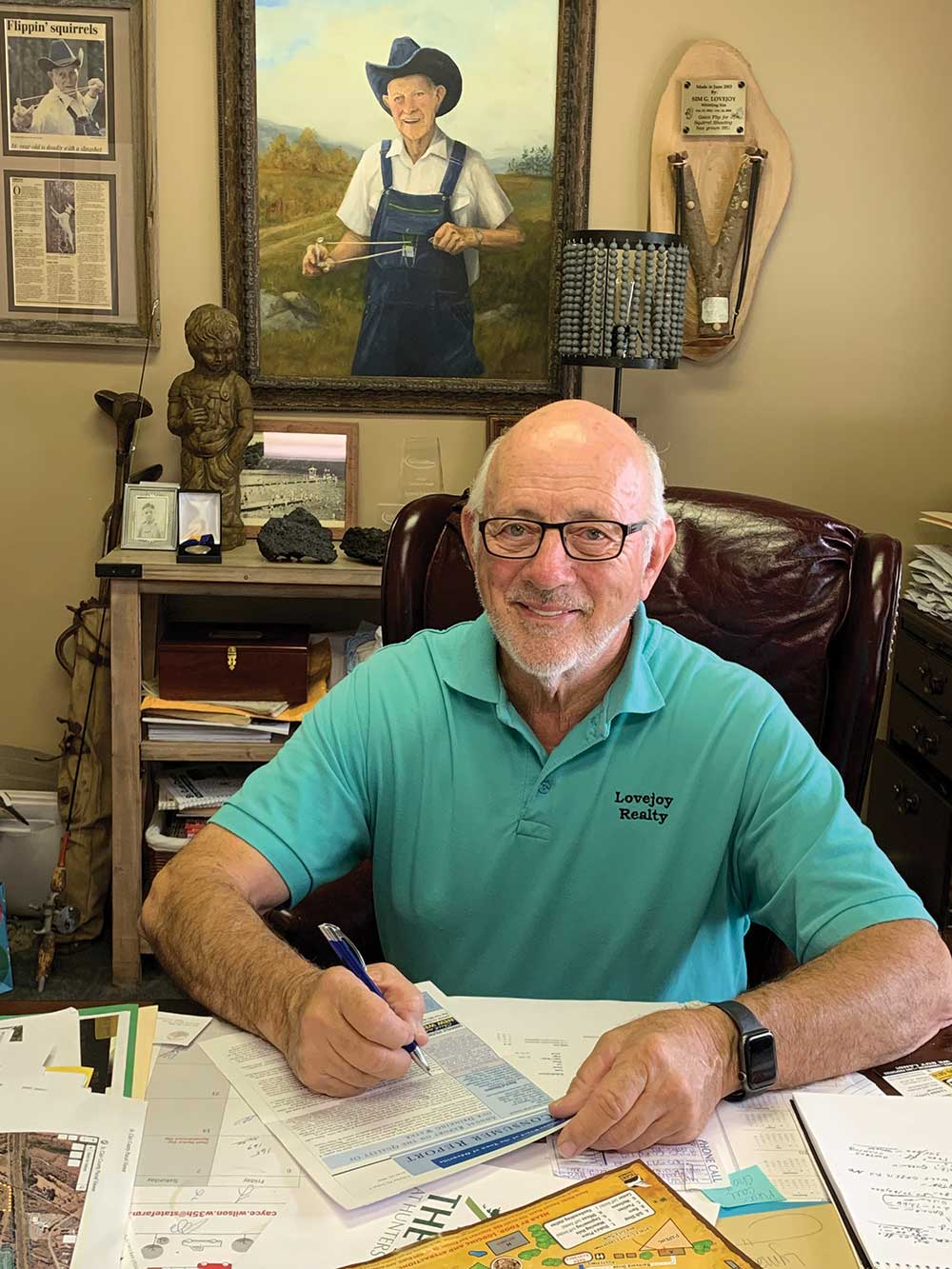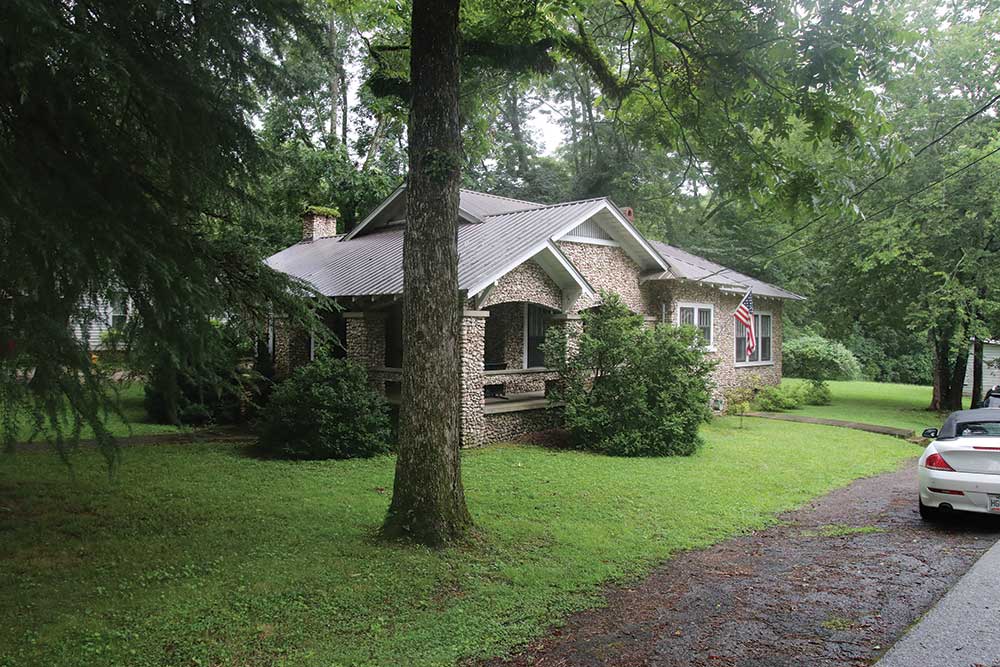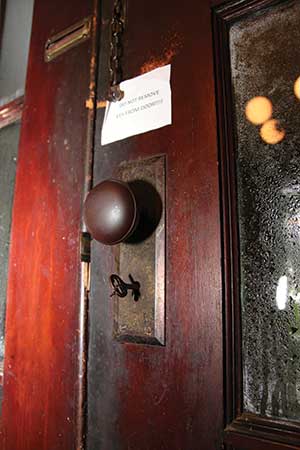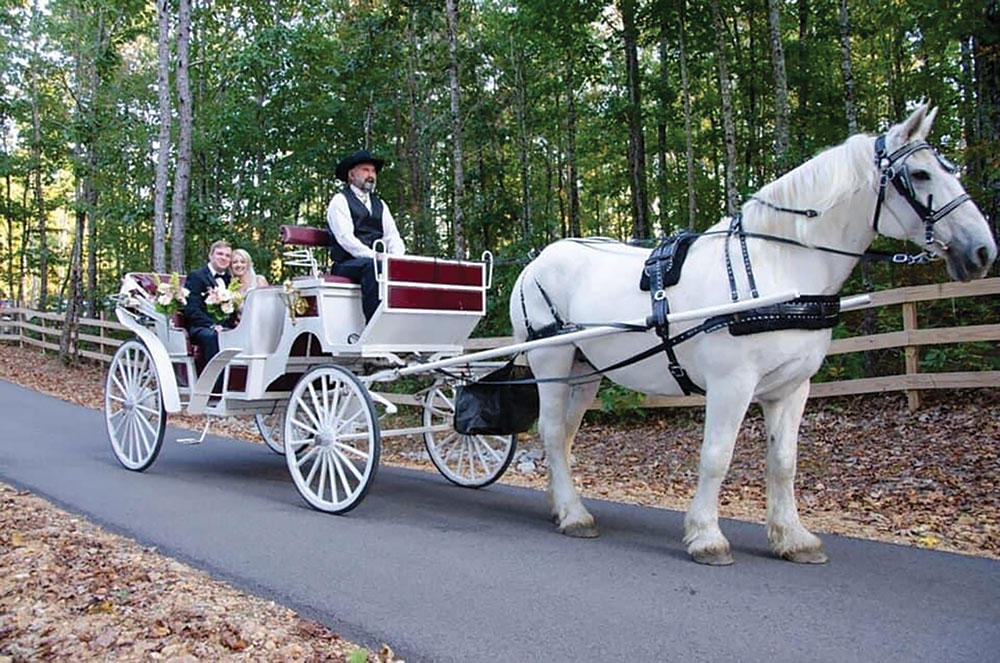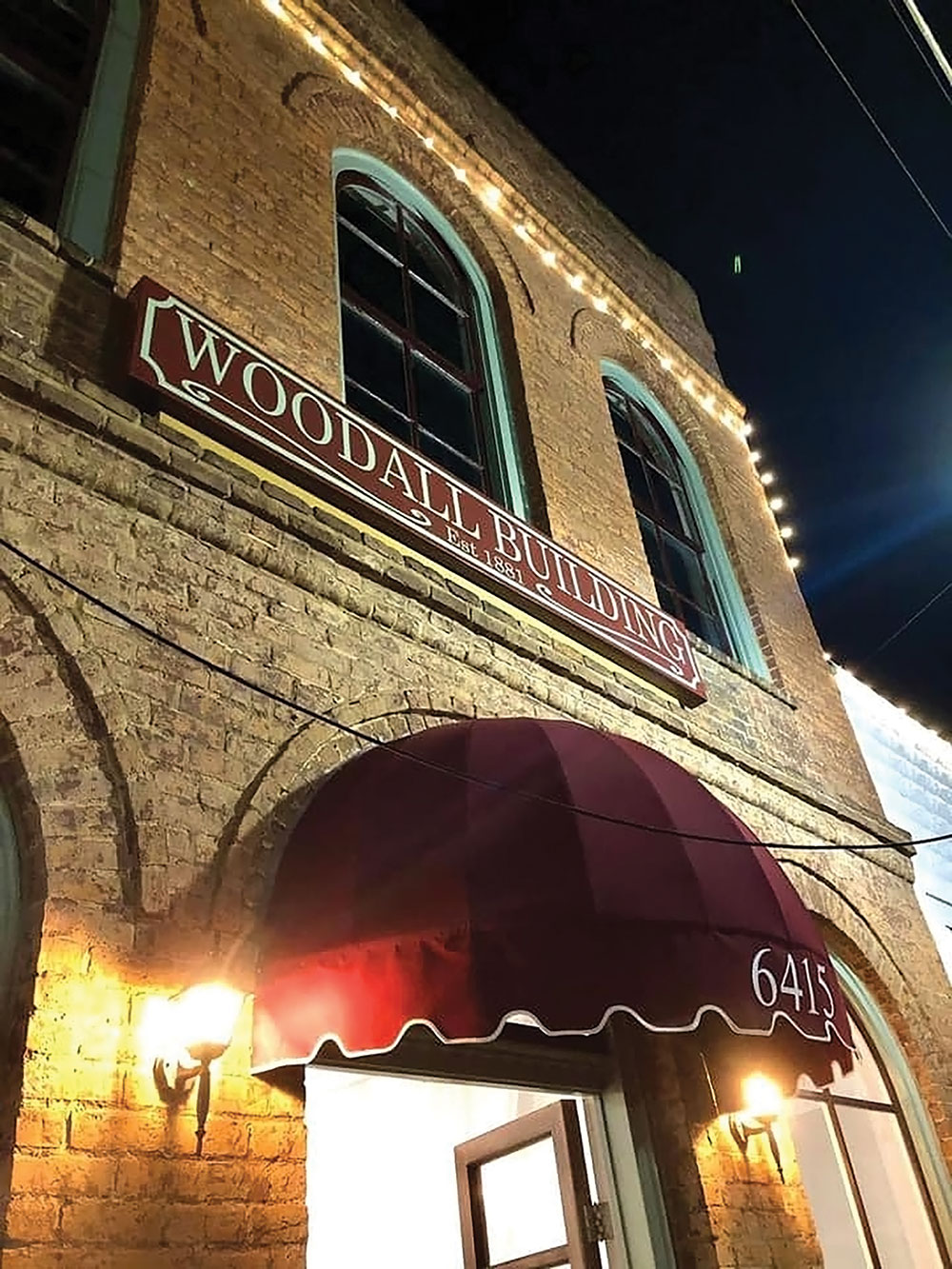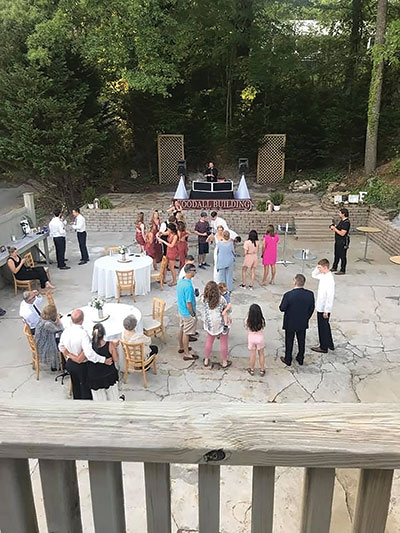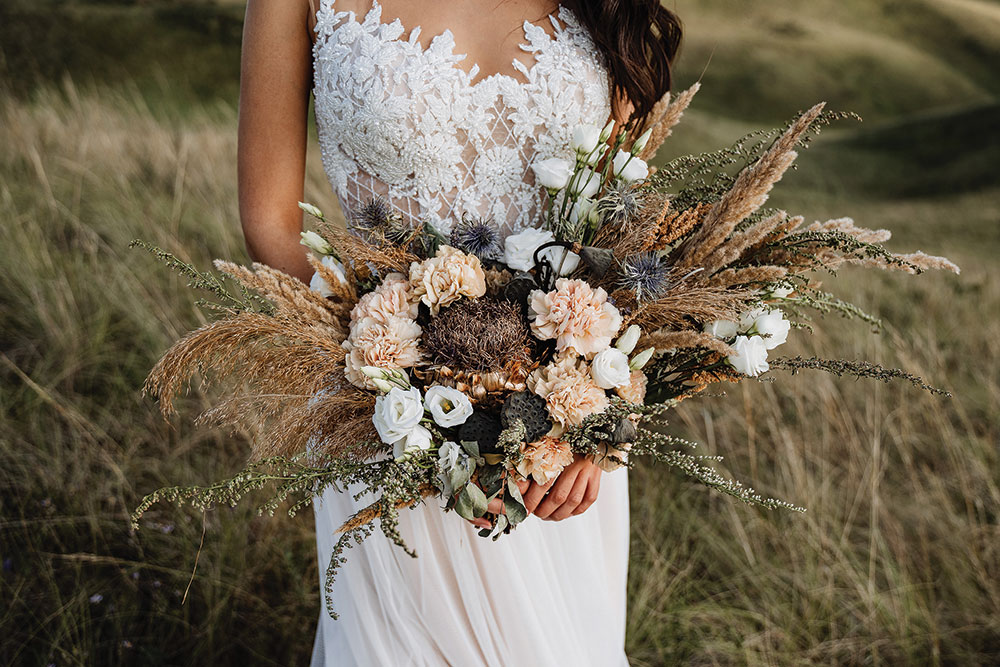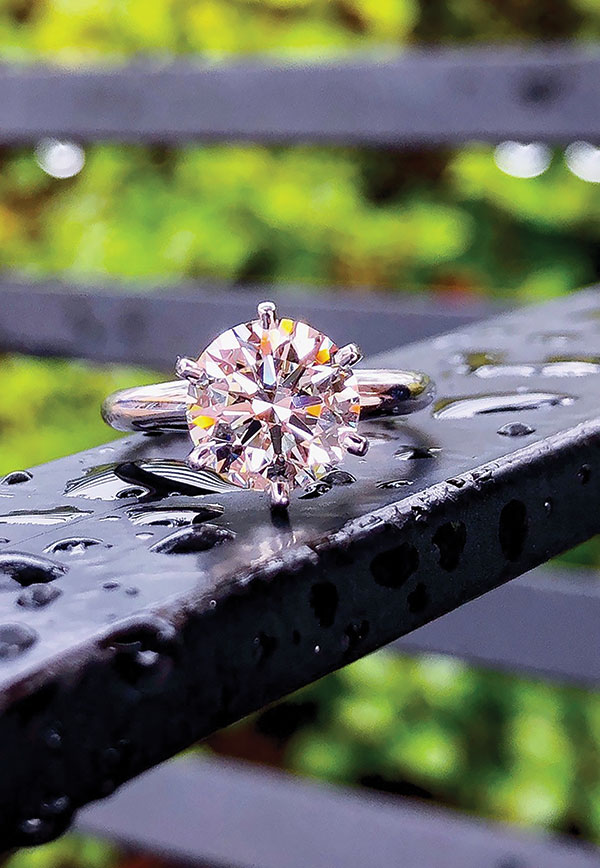Ice Cream parlor making comeback on St. Clair’s main streets
Story by Elaine Hobson Miller and Carol Pappas
Photos by Carol Pappas and Wallace Bromberg Jr.
Ice cream dripping down your chin, blackberry cobbler stuck between your teeth. How sweet it is to enjoy these fruits of summer, especially at St. Clair County’s two new ice cream shops. Sweet Sue’s Ice Cream Shop in Pell City and Laster’s Sundries by The Farmhouse in Springville are providing summer treats year ‘round on each side of the mountain. How sweet is that?
Laster’s Sundries has been a fixture on Springville’s Main Street since 1927, when Lee and Otis (Ma) Laster opened it as a drug store, soda fountain, ice cream parlor and gift shop. It has gone through several owners in its 94-year history, and even sat empty for a few years, but it’s back in business now as Laster’s Sundries by the Farmhouse. Owners Bryan and Brandi Zargo also own The Farmhouse on nearby Purple Heart Boulevard. That’s where they do a lot of the prepping of the sandwiches they sell.
My husband saw that the building was for rent, recognized an opportunity, and said, ‘Let’s do it!’” Brandi Zargo says. “The nostalgia was part of the appeal of the place.”
Laster’s is full of nostalgia, all right. The soda fountain was bought from Robert M. Green & Sons of Philadelphia, Penn., for $2,125. There are two hand-carved, walnut backbars and companion cabinets out of a Mississippi saloon. The old fountain is made of black and white marble with an elaborate mahogany shelf and mirror behind it. Two ionic columns flank the mirror, and egg and dart molding surround it.
Old-fashioned wire ice cream tables and chairs provide much of the seating, in front of antique mahogany floor-to-ceiling showcases that formerly housed a “wide range of gifts for every occasion,” including birthdays, weddings, baby showers, etc., according to a copy of an early menu that is now displayed in one of the cases. Collectibles, such as Fitz & Floyd, Boyd’s Bears, Harmony Kingdom, Dezine Fairies, Christmas collectibles and decorations, chess sets, Galileo thermometers and more were available at one time, and the original Laster’s even had a bridal registry.
Today, those gift items are gone, but there are many souvenirs left on display, including some old medicine bottles, newspaper clippings about the place and several photographs of smiling faces about to be smeared with ice cream. One shows a group of Little Leaguers lined up on the red-and-white Coca-Cola bar stools, while another shows a mixed group of girls and boys peering over the counter.
The Zargos hand-dip Blue Bell ice cream and serve it by the cone or by the cup. Sensitive to the needs of their customers, they started washing their ice cream scoops between servings when one customer with a peanut allergy pointed out that some of their frozen stuff contained nuts. “We hope to get some sugar-free and even dairy-free ice cream choices soon,” Brandi says. “Bryan likes to adapt to the season, too, the way we do at the Farmhouse, so we’ll be adding some soups for the fall. We’ll also be serving coffee soon.”
Laster’s has always served ice cream, and Zargo wanted to keep that aspect of the business. But he knew that ice cream wasn’t enough to keep him afloat, so to speak. He wanted to maintain consistent hours, too, so he decided to add sandwiches to the mix. “He put a question out on What’s Happening in Springville (Facebook page) that asked what people wanted for Springville,” Brandi says. “Many folks mentioned a sandwich shop.”
Laster’s serves almost a dozen different sandwiches, and Bryan seems to come up with a new one each week. The menu includes Laster’s Club (smoked turkey, ham, provolone and cheddar), Blackened Chicken Salad (a mixture of smokehouse chicken with chopped pecans, creole mayonnaise and red grapes on ciabatta bread), Zargo’s own take on the traditional tuna melt and BLT, as well as a Smokehouse Ruben and Grilled Pimento Cheese sandwich. Each can be accompanied by potato chips, broccoli slaw, pasta salad or a cup of fruit. Canned soft drinks, tea and lemonade make up the drink list. Bryan’s brownies and cookies are available, too. In the deli area, Laster’s sells their sides and Boar’s Head meats and cheeses by the pint, quart and pound.
A former minor-league baseball player and ex-Marine, Bryan went to culinary school at Virginia College and worked at the Fish Market in Birmingham and The Club, then became executive chef at Bellini’s in Shelby County before opening The Farmhouse and then Laster’s Sundries. The Farmhouse opened a year ago in the midst of the COVID pandemic, but has done well, according to Brandi.
Sweet Sue’s
Jenny Alverson and husband Richard knew they wanted to open a business, but they weren’t quite sure what it would be.
But when they saw the historic building for rent on Pell City’s downtown main street, Cogswell Avenue, it sparked a nostalgic whim, and Sweet Sue’s Ice Cream Shop was born.
“We fell in love with the idea of ice cream – old-timey sundaes and banana splits – things you couldn’t find anymore,” Jenny says. The concept fit perfectly inside the historic 1890 structure thought to be Pell City’s first brick building.
The building was perfect, too, with its exposed brick walls, outdoor seating and plenty of room for colorfully painted booths and tables inside – just like an old-fashioned ice cream parlor.
And it certainly fit as an age-old tradition. When you think of celebrations and gatherings, she says, ice cream usually plays a starring role. “Ice cream just seems happy.”
She and Richard grew up in the smaller towns of Odenville and Ashville, so they knew Pell City well. “We went to Pell City for all the important stuff,” Jenny recalls. “St. Clair County feels like home.”
Since opening May 6, the Alversons, along with their children who help out – Shannon, Kaylan, Mayli and Thomas – have added to the menu.
Pimento cheese and chicken salad sandwiches, nachos, hotdogs, sausage dogs, barbecue salads and pork sliders offer fare for another eatery in downtown Pell City. “We haven’t made an actual menu yet,” she says. “We’re seeing what works.”
Coffee is coming later and probably old-fashioned lemonade. “We’re doing it slowly to see how it all goes,” she says.
So far, so good. The staple, of course, is ice cream with dozens of flavors – waffle cones, cups and even a “bubble waffle,” which is warm on the inside, crispy on the outside and tastes like a waffle with ice cream nestled inside. For a smaller sweet tooth, baby bubbles are available, too!
For Jenny, the ice cream shop brings back precious memories from childhood, when her grandmother used to take her for a treat. It also reminds her of being able to feed a family without breaking the pocketbook. With four children of her own, she knows the value of taking them somewhere special and still being able to treat them all for under $10 just like her father did with her and her four siblings.
Judging by the response as customers stream in and out, Sweet Sue’s is as popular as the Blue Bell ice cream it serves. “We couldn’t ask for a better community. The support the community has given us and the excitement they have shown that we’re open have been huge.
“We wanted to make people happy with something fun. No matter what kind of day they’re having, ice cream can just change everything.” l











